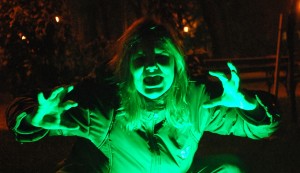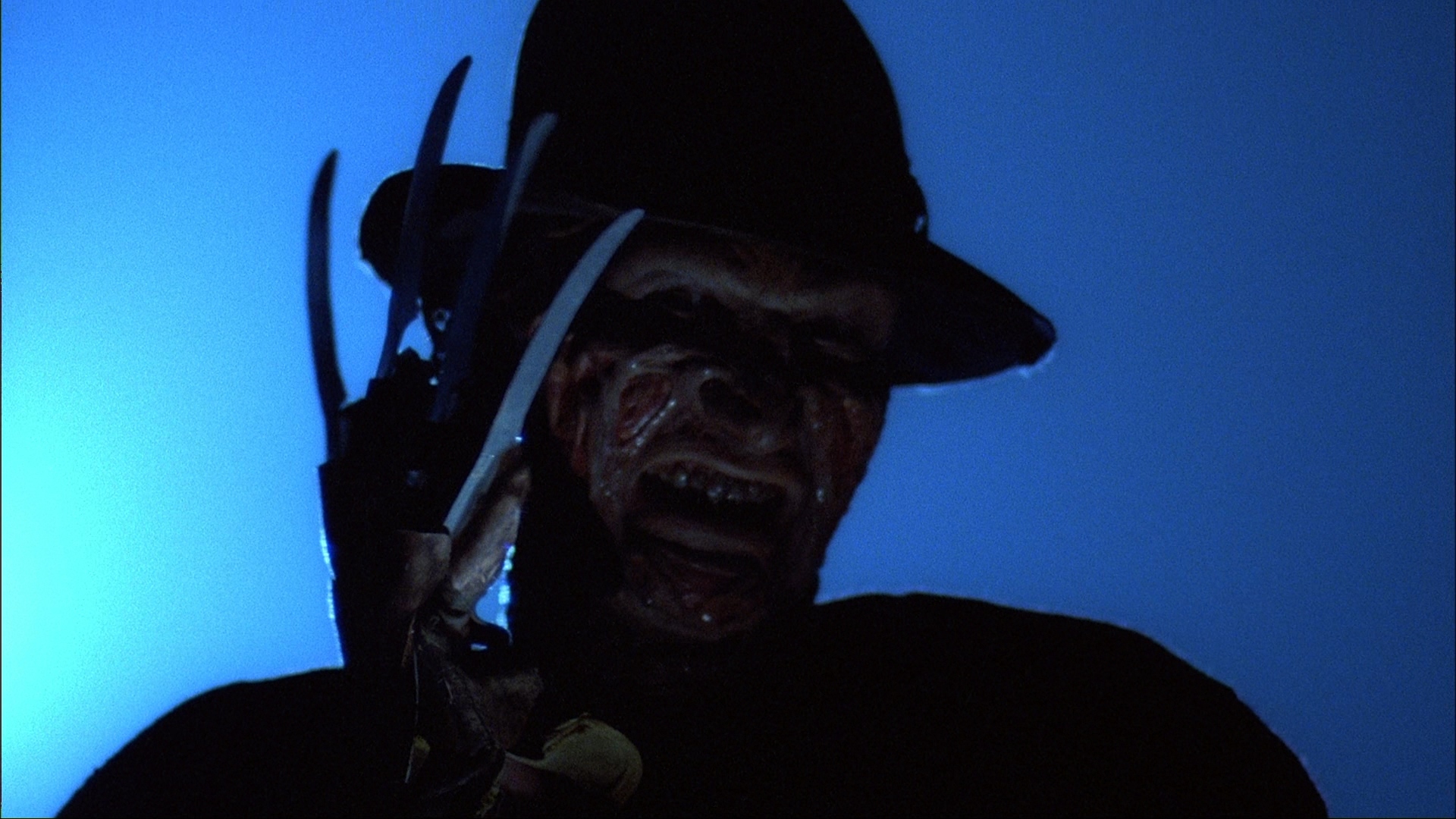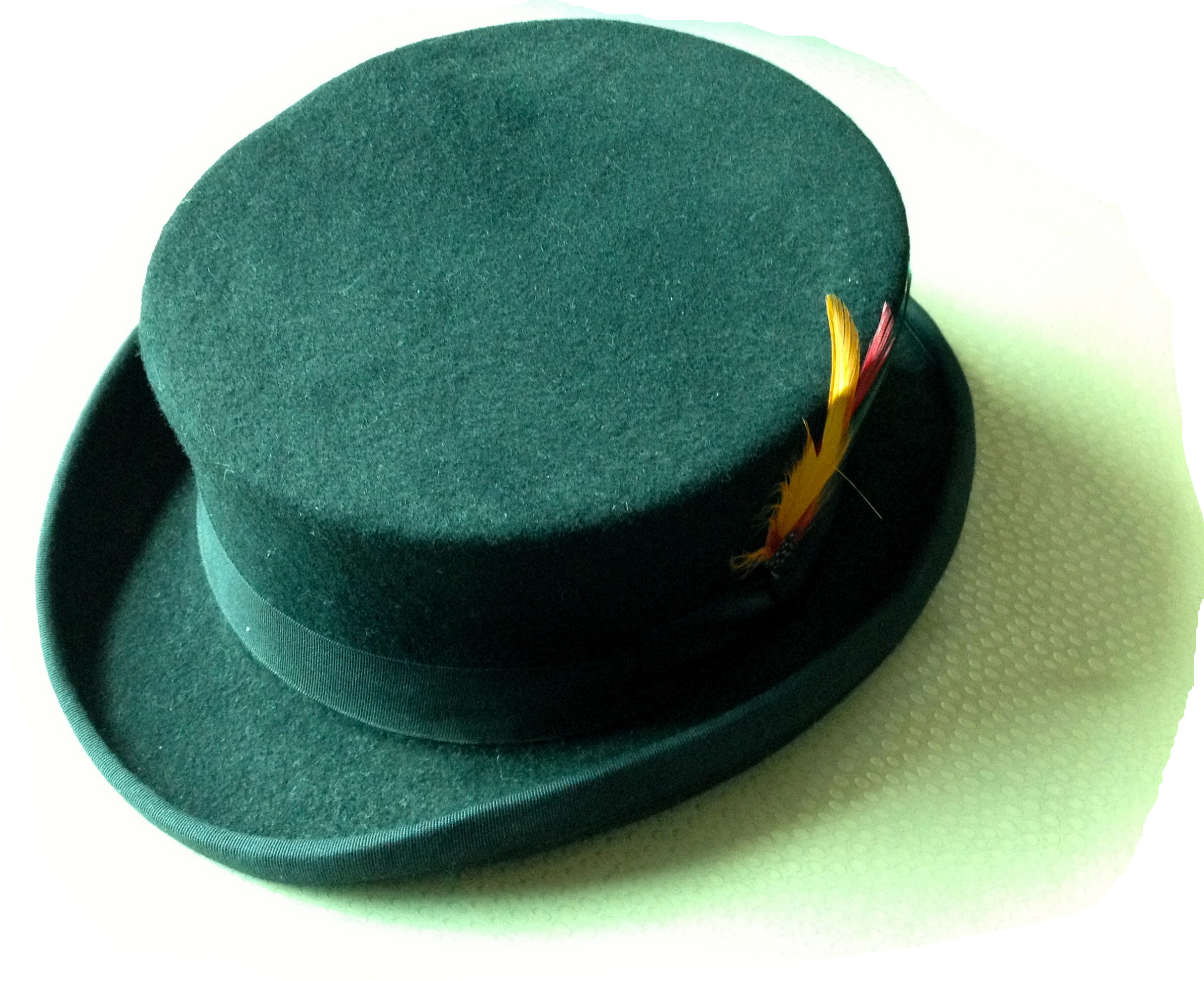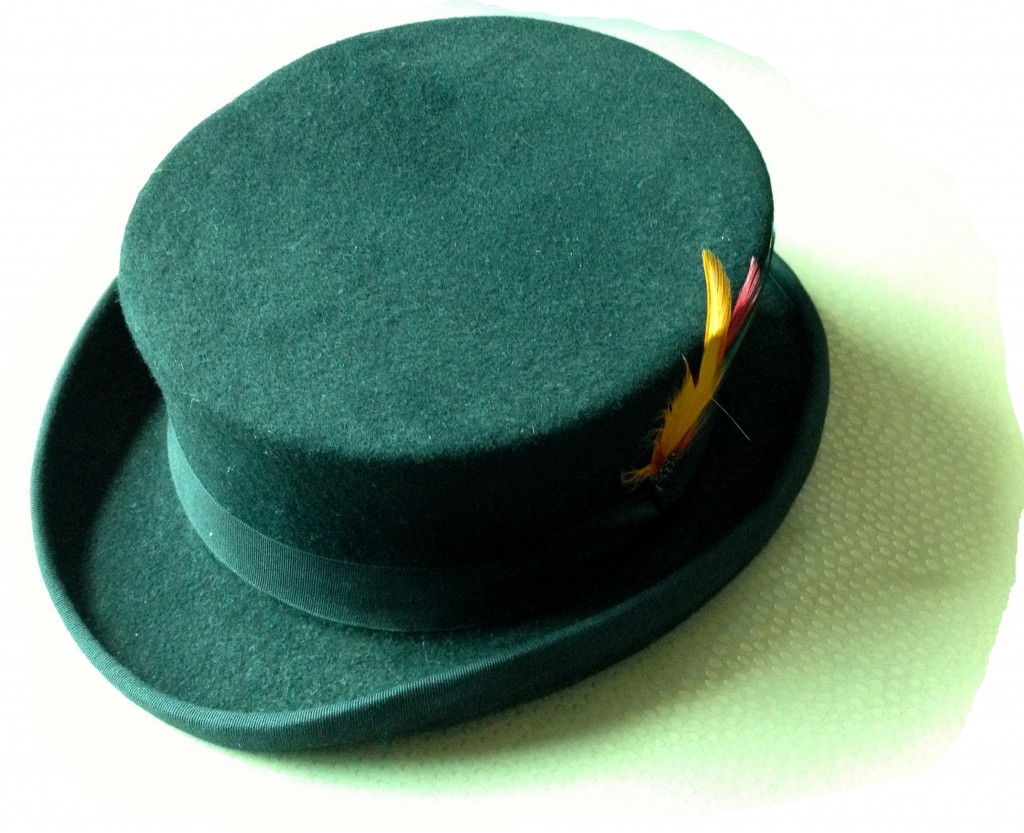By Michael Cieslak
Why are we afraid of the dark?
Humans rely on sight far more than any of our other senses, so it seems a pity that our night vision is not as good as that of a lot of other predators. In addition to our poor sight in the dark, we have giant brains which can imagine all kinds of terrifying things which could be inhabiting that great, unseen area. I’m Zed, and today we’ll be looking at how to leverage this particular human vulnerability to scare the pants of anyone who comes to your house around Halloween.
Lighting must be considered as an essential element when setting up your home haunt. For this post, we will assume that your haunt will be designed to be viewed in the dark. Whether this means it is going to be creepiest at night or if you have built something that people will walk through does not make a difference. Either way you are going to want to control the lighting to create the maximum Spooky Quotient (SQ). 
Unfortunately, the power of light is sometimes out of our control. If you happen to have a streetlight at the edge of your yard, there is nothing you can do to diminish this illumination short of shooting out the bulb with a BB Gun. (For the record, I do not endorse shooting out streetlights with BB Guns.) What you can do, however, is control the lights which you do own. Red, green, and yellow lightbulbs are available at just about any hardware store (although you might have to downgrade from fluorescents for the evening). Even bug repellent bulbs will work in a pinch.
First, consider the color of the light. Many people make the mistake of grabbing a red bulb because of its blood-colored associations. Red light will tend to give things a bloody or possibly demonic cast certainly, but this is not the only choice. If zombies populate your haunt, consider a yellow or even a green lightbulb. These options can give everything a pale, sickly, almost jaundiced cast. Blue lights can create a spectral or otherworldly glow. They also work well with ghosts, animated skeletons, and aliens.
Your second concern will be the kind of lights to use. One of my absolute favorite purchases was a set of mini LED spotlights. The bad news is that manufacturer is no longer in business. The good news is that countless companies have sprung up to take their place. The benefits of these mini spotlights include color choice, the ability to mix colors, directionality, easy concealment, and energy efficiency. The ones that I use require so little electricity that I am able to connect them using stereo speaker wire.
Alternative light sources abound. Glow sticks are a cheap and colorful option. Flashlights with colored cellophane over the lens make great (and cheap!) sources of illumination. The amount of light coming from them can be limited by covering the lens with a piece of cardboard with a slit or hole cut in it. Lanterns, gooseneck lamps, and even mechanic’s lights can all be put to good use.
 A note on lighting and safety: Keep in mind that the lights are going to be outdoors and exposed to the elements. Because of the way I have wired mine, I do not use the mini-spotlights in inclement weather. Be aware of positioning. Once one of my can lights, which was rated for outdoor use, slipped off of the clamp holding it and ended up pointing directly up. This allowed it to collect water from the light drizzle. Water + electricity. Not a good mix.
A note on lighting and safety: Keep in mind that the lights are going to be outdoors and exposed to the elements. Because of the way I have wired mine, I do not use the mini-spotlights in inclement weather. Be aware of positioning. Once one of my can lights, which was rated for outdoor use, slipped off of the clamp holding it and ended up pointing directly up. This allowed it to collect water from the light drizzle. Water + electricity. Not a good mix.
Definitely avoid using open flames. At best you are going to have to deal with the fact they will constantly be blown out by the slightest wind. At worst you have an open flame meeting a flowing costume. If you want to achieve a flickering candle affect, invest in flameless candles.
The third and most important thing to think about is placement. Don’t fall into the habit of always lighting things from the top down. Illuminating an object from above, be it a person or a prop, will cast many of the features in shadow, especially if the prop has a large head or hood. Even more damning is that things illuminated from above tend to appear smaller than they actually are, and nothing ruins the ominous 12 foot tall figure of the Grim Reaper like lighting it from above. Conversely, lighting something from below tends to make it appear larger than it actually is. By placing the source of illumination below a prop and a few feet out, you will create a looming shadow behind it. This also allows you to control which parts of the prop your visitors will focus on. Such an easy way to ramp up the all-important SQ of your haunt! An added benefit is that by lighting from below and focusing on the head or chest (if it is a person-shaped figure, that is) anything you put behind it — say the wires holding it in place — will be in shadow.
Other options abound. Another eerie affect can be created by backlighting the object. A light placed behind a prop will not only make it look bigger, it will also dazzle the eyes of the viewer, making it more difficult to see any details you might want hidden. The shadow caused by backlighting will engulf the viewers, making them feel as if they are already in the grip of whatever monster materializes before them.
As an example, think about the original A Nightmare on Elm Street (1984). When Freddy first appears to Tina, he is backlit at the end of a long alley. His shadow reaches out to her, threatening her even though he is far away:

As I hinted above, the easiest way to scare someone is to allow their own minds to do the work for you. An oblique light source, one which comes from one side or from above or below but only illuminates a portion of the prop, will force the viewer to imagine what the rest of it looks like. In most cases the portion filled in by the imagination will be more frightening than what you could actually build. In addition, shadows create the illusion of movement, lending even more believability to what is actually a static prop.
Of course, you don’t have to rely on static props. There are a number of ways to bring your props to life using everything from gravity to small motors to pneumatics. Popular moving props include spinning ghosts, crank ghosts, shakers, lifters, and poppers — my own terms. A lot can be accomplished with a small motor and a little know how. Depending upon how it is set up, a motor can cause a prop to spin in place, or it can drive a pulley system which will make that same prop move back and forth. These are often ghosts and light skeletons as increased weight will cause the motor to burn out.
Another common method of making movement is to use compressed air to cause a prop to pop up, lean forward, or shake. Pneumatics are used to make coffin lids shake as if someone is trying to get out, cause 20-foot monsters to leap forward menacingly, and everything in between. The construction of these kind of props is not necessarily something that beginners want to try on their first time out. Fortunately, there are many places where you can learn skills to safely build more advanced material. The Motor City Haunt Club meets monthly on the University of Detroit – Mercy campus. They welcome all Halloween enthusiasts from the novice to the expert. People looking to build their own props might be interested in joining a local maker space or hacker space. There are a number in the Detroit area including i3 and the Tech Shop. These and other similar facilities have all sorts of tools and equipment for use. Members pay a monthly fee and generally have to qualify on the equipment before using it for the first time. They are great places to do woodworking, metal crafting, needlework, laser etching, and even 3D printing without having to break the bank purchasing the equipment yourself.
A few final words about pneumatics and safety: unless you have the necessary skills to construct your own framework and pneumatic props, I strongly encourage you to purchase them from someone with prop making experience. DC Props and Frightprops are excellent sources for the materials you will need to safely construct your own pneumatics. There are other (less reputable) retailers who will sell things much cheaper, but it is important to note that these are generally made from things like screen door closers which are not designed to withstand the pressure put out by an air compressor and could explode. You must also make sure the prop you are using is properly affixed to the framework so it does not go flying off and injure someone when activated. Safety first, haunters!
Stay tuned next week for our discussion of special effects on a budget!


